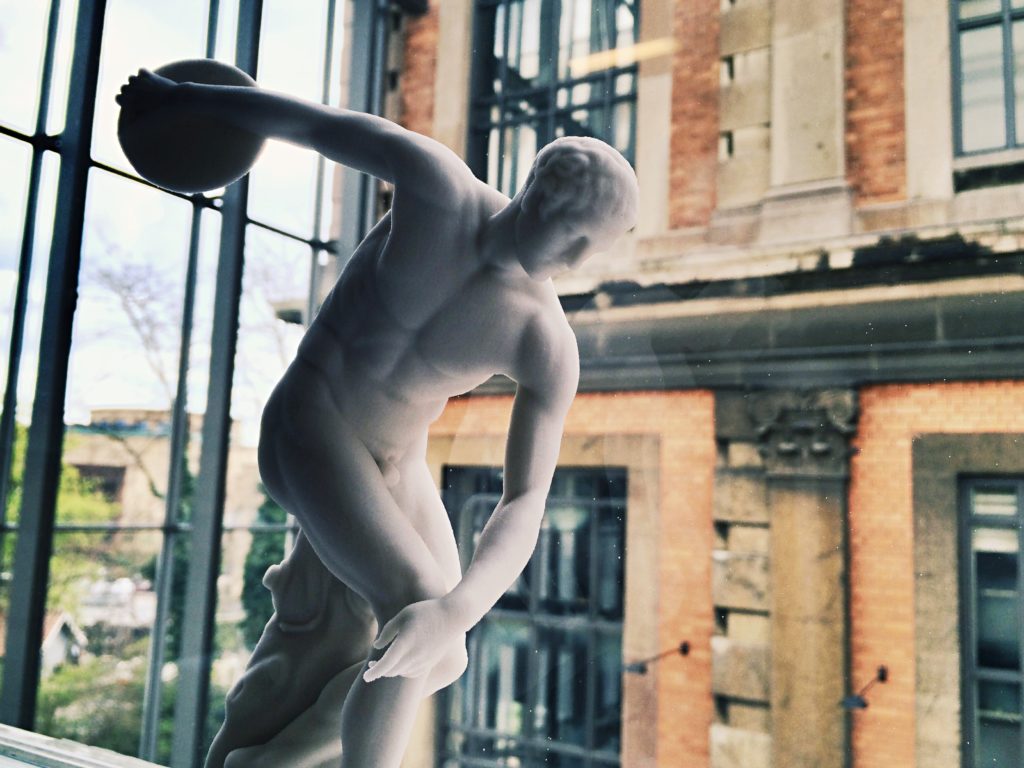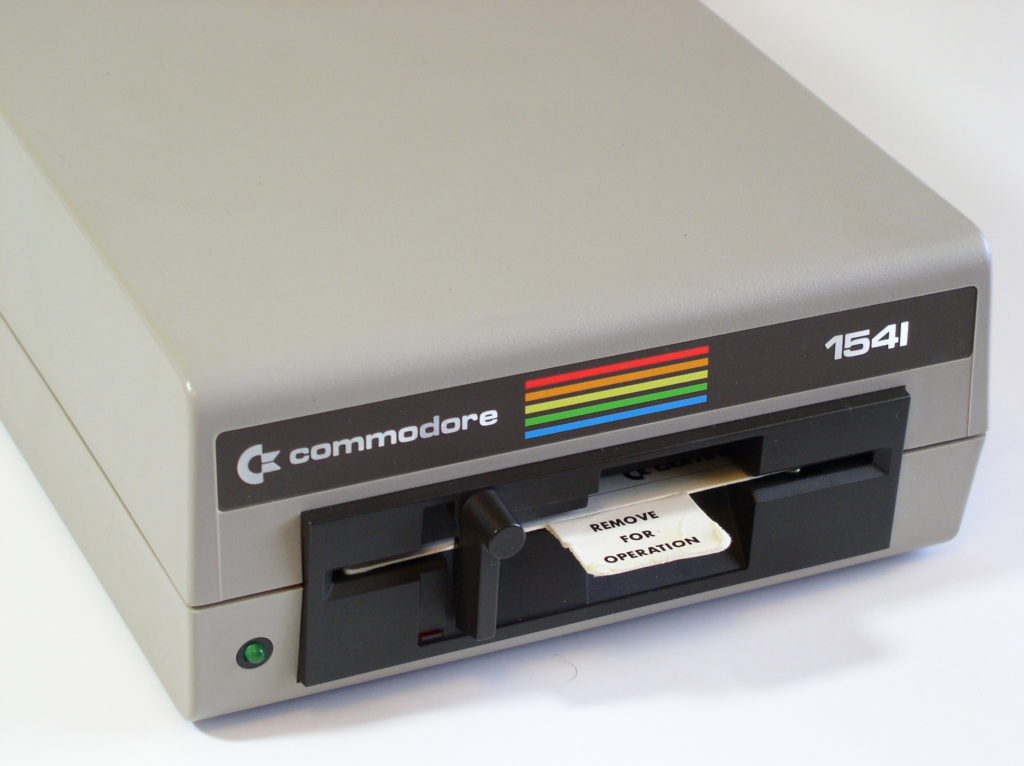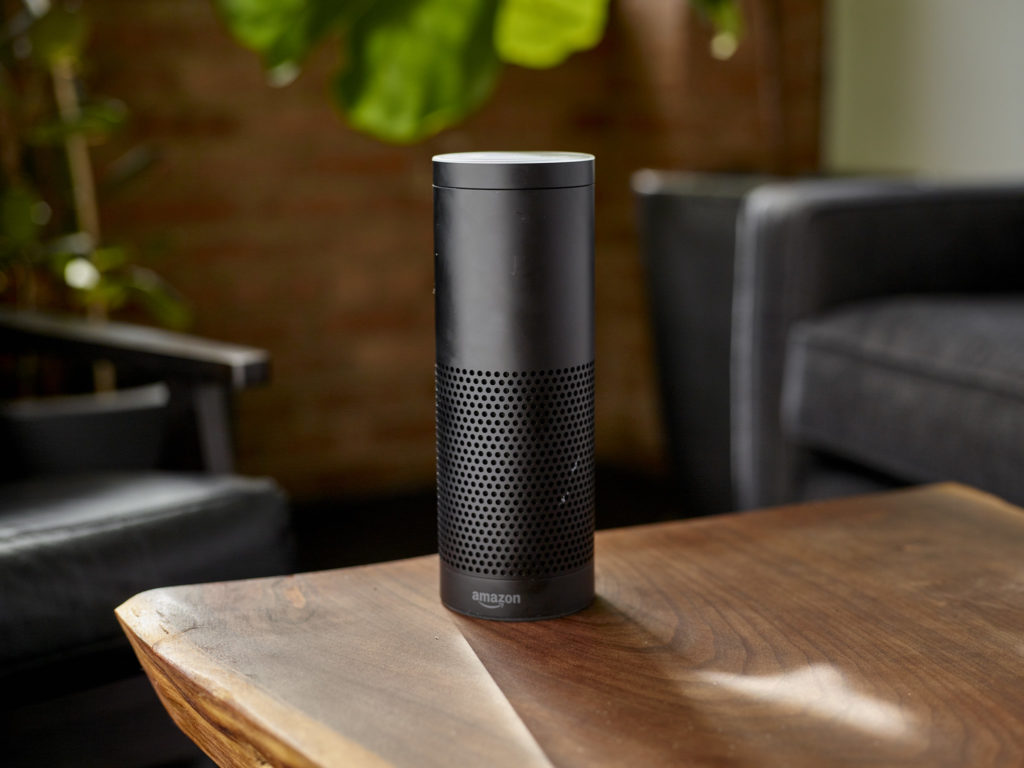Reading the original IFLA Trend Report from 2013 (“Riding the waves or caught in the tide? Navigating the evolving information environment”), it felt very prescient. Their trends included redefining the boundaries of privacy and data protection, and the empowerment of new voices and groups, both of which felt very 2020.
As we look forward beyond this crazy year, technology will indeed help us reach new horizons. But will all of this progress be positive? Here’s what some of the experts can agree on.
(Apologies for the length here. Skim the headers if you want to get the gist.)
The good
Democratization of access to resources through open access and digital collections.
As IFLA (2013) pointed out in its number one trend, “New Technologies will both expand and limit who has access to information,” (p. 4). While this has been growing for some time, its importance has been hammered home as many of us have been stranded in our homes (or at least our home cities) for seven months. Research can be enabled through digital libraries, interlibrary loan, and massive databases home to back catalogs of journals and books.
The challenge here is the caveat that IFLA (2013) points out – these technologies can also limit who has access. Access not only requires hardware and software, but a connection to the Internet, and the knowledge of where to find eresources in a digital haystack. Libraries at all levels need to continue to make sure all students and patrons have ways to access resources, whether they are in the library or elsewhere.
Multiple ways to access and experience art and resources, including through 3D printers (touch for those with visual impairments) and machine translation (more access to resources in other languages).
The article from Halliday (2015) personally intrigued me as my best friend (and sister in all but genealogy) was born with cataracts, as were her daughters. All three have varying levels of vision challenges, but hers is the worst. I remember the technology she was using to help her adapt to a seeing world when we lived together – computers that could enlarge text (yes, this was amazing in 1995) and phones that could announce who was calling verbally. I get excited about the possibilities of using 3D printers to help more people interact with art, whether it’s the paintings in Halliday’s article, or sculptures that can be printed to interact with in person rather than halfway around the globe.

IFLA (2013) also notes that machine translation will open resources to more readers and students, but cautions that machine translation is not always the same as human translation. Librarians and patrons need to avoid overuse of this technology as such translations can miss the cultural context given to native readers. This also applies to the use of digital field trips and virtual reality in place of IRL visits. McShane (2018) is wary of complete reliance on digital field trips for the same reason – yes, they can expand understanding something more than simply reading about it, but there is something to be said for the planning and excitement that makes such in-person exhibits more intense. While the demonstrations of the HoloLens (2019) were amazing, I hope that we continue to have both in person and virtual explorations to broaden understanding.
Amplification of the voices of those who have not previously been heard, or listened to, by the majority.
As IFLA foretold in 2013, “Hyper-connected societies will listen to and empower new voices and groups,” (p. 4). My immediate thought was of our social movements this year, and Black Lives Matter marches, the move for progressivism and true racial inclusion. But, as I write, I’m also thinking of the Proud Boys, and the threats against the life of Gretchen Whitmer, governor of Michigan. This is another power that can be used for good, and used for evil. See more below.
The bad
Enhanced bias embedded in metadata.
As hinted at by IFLA (2013) when discussing machine learning and language translation, bad metadata is worse than none when it comes to its use in training machines. Griffey notes, “AI is only as effective as its training data and the weighting given to the system as it learns to make decisions. If the data is biased, contains bad examples of decision making, or is simply collected in such a way that it doesn’t represent the full problem set, the system will produce broken, unrepresentative, or bad outputs,” (para. 3).
Nothing illustrates this better than the challenges faced by MIT earlier this year after realizing that a massive dataset of images that had been shared since 2006 had horrible metadata using “a range of racist, sexist, and otherwise offensive labels,” (Johnson, 2020, para. 2). This has also been seen in the non-academic world, where algorithms used by police forces are said to “perpetuate systemic racism,” (Heaven, 2020, para. 5). If we are going to use data to train AI and expand technology, we need to make sure that the original sets are free from bias and problematic language.
Information stored on outdated technology and old websites
The original IFLA report (2013) brought up the issue of bit rot (p. 8), referring to storage on old technology that cannot be read anymore. They mention CD-ROMs, but some of us still have VHS or cassette tapes that haven’t even been converted to digital files. How do we preserve the knowledge stored on this technology?

IFLA lumps link rot into this category, which makes sense as the disappearance of websites ties into this idea. (Somewhere out there, my old Geocities website still exists…) The preservation of data is so ingrained into librarianship now that it hasn’t been a “top trend” for the Association of College & Research Libraries since 2012, yet it was consistently mentioned as a key part of the use of data in the trends for 2014, 2016, and 2018 (and is implied in the 2020 discussion of data as well) . As we continue to move forward into new technological horizons, whether on the web, in the cloud, or somewhere else, we need to consider how we’re recording and preserving these projects for the future.
The scary
Loss of privacy through use of technology.
No concept was more clear in our readings about new horizons than the concern about the lack of privacy when it comes to new technologies (Griffey, 2019; IFLA, 2013; IFLA, 2019; OCLC, 2015; Stephens, 2018; Terdiman, 2018). Whether mentioned as an aside (Terdiman) or made into a headline (IFLA, 2013), this is worrying, particularly as we move into a new world where toddlers can learn how to interact with Alexa before they learn how to interact with other children (Kelly, 2018).

The challenge, of course, is how we deal with this threat. While the debate rages on as to who invaded our privacy more, Cambridge Analytica or Facebook (Cobbe, 2020), many of us still use such social media sites to connect with others and to share information. The connectivity we have discussed all semester involves the creation and sharing of information through blogs, websites, and more. We have to keep privacy – for ourselves and our patrons – in mind as we implement these new technologies.
Loss of faith in reporting and information.
I saved the worst for last. Nothing gave me chills more than seeing this premonition in the original IFLA report (2013): “Levels of trust in the online world flatten or significantly decrease,” (p. 12). While the point in this paragraph is discussing the use of social media and technology (see above), I felt it applied just as easily to our current stance on the media and reporting in general. You know things have gotten bad when a celebrated book critic writes a book on The Death of Truth (Kakutani, 2018). (It was about as uplifting on the state of the media as you’d imagine.)
Conclusion
We seem to be at a crossroads where instant proliferation of information brings out the best and the worst of us. But I am trying to stay optimistic that the connections we are building through technology – both in our communities and outside them – will strengthen our communities instead of breaking them apart.
In the 2019 version of the IFLA Trend Report, Antoine Torrens-Montebello criticizes the commercialization of personalization (p. 9). Yet the idea of making the customer more central speaks to what we have been discussing throughout this course – how do we take advantage of our technology to increase communication with our patrons at the library to better serve them? And to build a sense of community, particularly when we cannot meet or gather in person?
The 2019 IFLA update seems to be rather pessimistic about the need for perpetual learning due to the rate of constant change in technology.* But to me, the possibility of building communities and networks through technology is what will make this something to celebrate rather than something to complain about. As the last Horizon Report (2017) for Higher Education noted, “Collaboration is key for scaling effective solutions [to technical challenges] … Institutions and educators can make more progress learning from each other,” (p. 6).
* My favorite quote: “In effect, those graduating from library schools – and from any other institution – risk being left with a certificate and a photo, but also much more left to do,” (p. 11). Just what a student in grad school wants to hear.
References
ACRL Research Planning and Review Committee. (2020). 2020 top trends in academic libraries: A review of the trends and issues affecting academic libraries in higher education. College & Research Libraries News, 81(6), 270-278.
ACRL Research Planning and Review Committee. (2018). 2018 top trends in academic libraries: A review of the trends and issues affecting academic libraries in higher education. College & Research Libraries News, 79(6), 286-300.
ACRL Research Planning and Review Committee. (2016). 2016 top trends in academic libraries: A review of the trends and issues affecting academic libraries in higher education. College & Research Libraries News, 77(6), 274-281. https://crln.acrl.org/index.php/crlnews/article/viewFile/9505/10797
ACRL Research Planning and Review Committee. (2014). 2014 top trends in academic libraries: A review of the trends and issues affecting academic libraries in higher education. College & Research Libraries News, 75(6). https://crln.acrl.org/index.php/crlnews/article/view/9137/10062
ACRL Research Planning and Review Committee. (2012). 2012 top trends in academic libraries: A review of the trends and issues affecting academic libraries in higher education. College & Research Libraries News, 73(6). https://crln.acrl.org/index.php/crlnews/article/view/8773/9334
Cobbe, J. (2020, October 15). Behind Cambridge Analytica lay a bigger threat to our democracy: Facebook. The Guardian. https://www.theguardian.com/technology/commentisfree/2020/oct/15/cambridge-analytica-threat-democracy-facebook-big-tech
Griffey, J. (2019). AI and Machine Learning: The challenges of artificial intelligence in libraries. American Libraries, 50(3-4), 47.
Halliday, A. (2015). The Prado Museum creates the first art exhibition for the visually impaired, using 3D printing. Open Culture. http://www.openculture.com/2015/03/prado-creates-first-art-exhibition-for-visually-impaired.html
Heaven, W.D. (2020). Predictive policing algorithms are racist. They need to be dismantled. MIT Technology Review, https://www.technologyreview.com/2020/07/17/1005396/predictive-policing-algorithms-racist-dismantled-machine-learning-bias-criminal-justice/
International Federation of Library Associations and Institutions. (2013). Riding the waves or caught in the tide? Navigating the evolving information environment. https://trends.ifla.org/files/trends/assets/insights-from-the-ifla-trend-report_v3.pdf
International Federation of Library Associations and Institutions. (2019). IFLA Trend Report: 2019 Update. https://trends.ifla.org/files/trends/assets/documents/ifla_trend_report_2019.pdf
Johnson, K. (2020, July 1). MIT takes down 80 Million Tiny Images data set due to racist and offensive content. VentureBeat, https://venturebeat.com/2020/07/01/mit-takes-down-80-million-tiny-images-data-set-due-to-racist-and-offensive-content/
Kakutani, M. (2018). The death of truth. Tim Duggan Books.
Kelly, S. M. (2018). Growing up with Alexa: A child’s relationship with Amazon’s voice assistant. CNN. https://www.cnn.com/2018/10/16/tech/alexa-child-development/index.html
McShane, M. (2018, June 13,). Is virtual reality the future of field trips? Forbes, https://www.forbes.com/sites/mikemcshane/2018/06/13/is-virtual-reality-the-future-of-field-trips/#5c1ccb131809
Moparx. (2009). Commodore 1541 floppy disk drive [Photograph]. Flickr. https://www.flickr.com/photos/32282333@N08/4013824025
OCLC. (2015). Libraries and the Internet of Things (IoT). NextSpace: The OCLC Newsletter, 24, 4-9. https://library.oclc.org/digital/collection/p15003coll11/id/23
Smith, J. (2015). 3D printed sculpture at SMK [Photograph]. Flickr. https://www.flickr.com/photos/72423171@N00/16688289204
Stephens, M. (2018). Flash briefing. Library Journal, 143(3), 15.
Stock Catalog. (2018). Amazon Alexa by Quote Catalog [Photograph]. Flickr. https://www.flickr.com/photos/151691693@N02/40770465691
Terdiman, D. (2018). Here’s how people say Google Home and Alexa impact their lives. Fast Company. https://www.fastcompany.com/40513721/heres-how-people-say-google-home-and-alexa-impact-their-lives
Upload VR. (2019). HoloLens 2 AR headset: On stage live demonstration. YouTube. https://www.youtube.com/watch?v=uIHPPtPBgHk